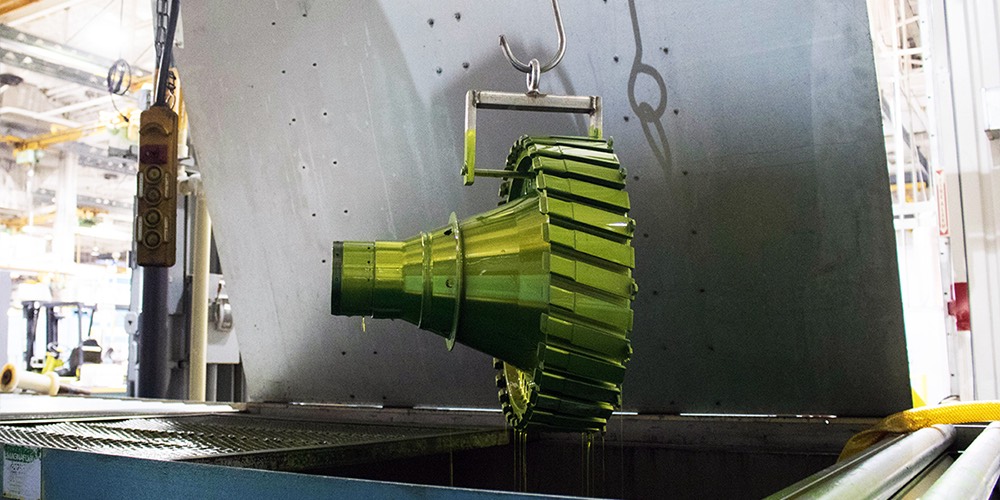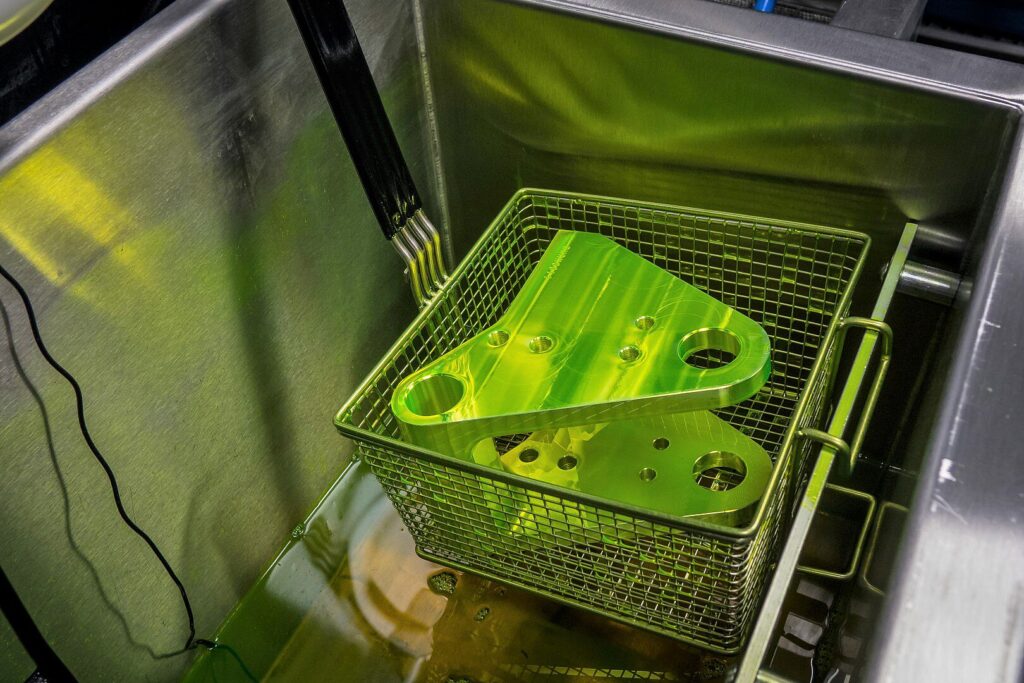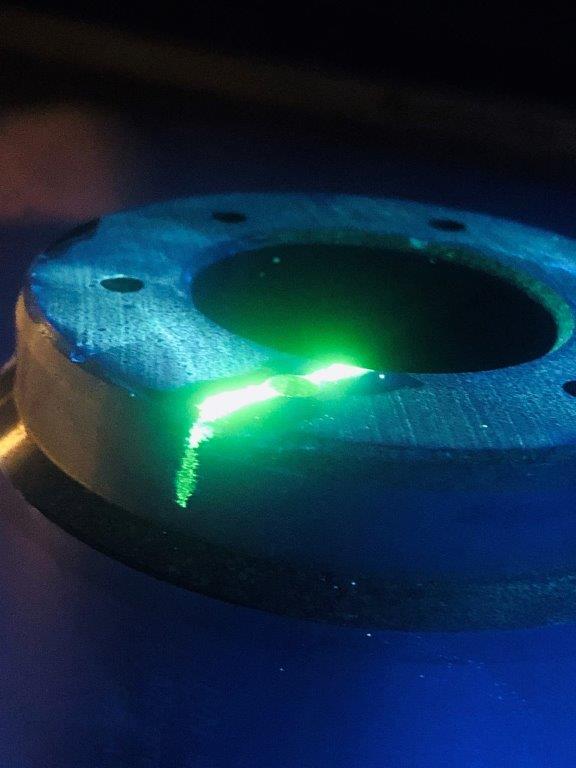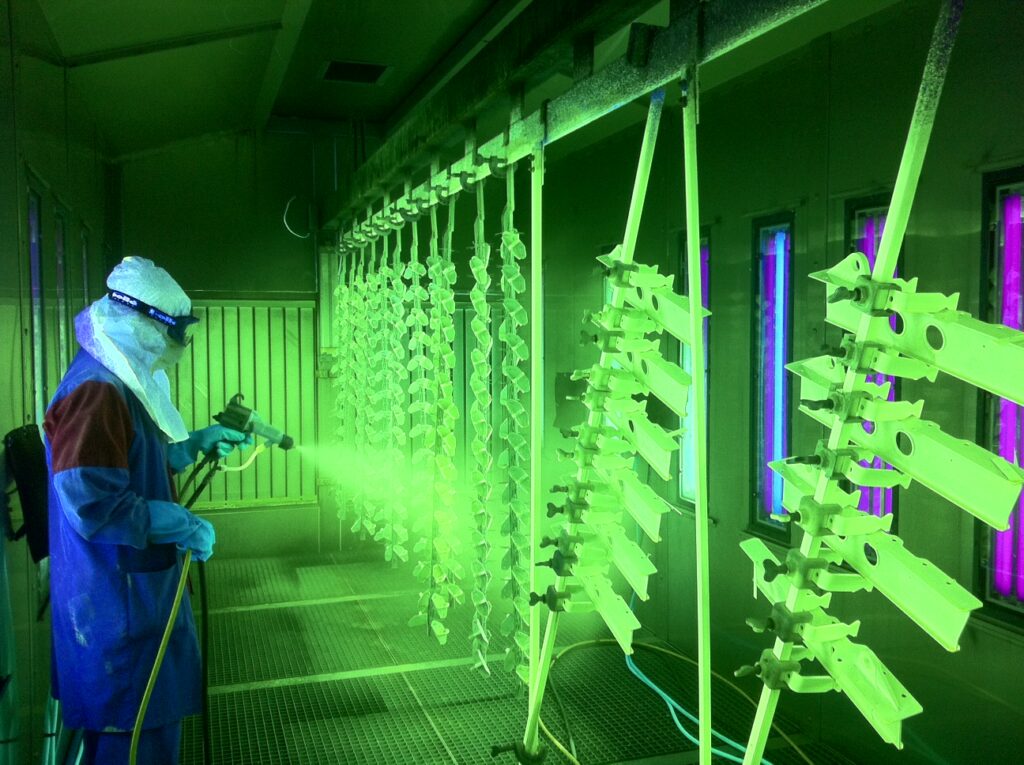Constraints in Penetrant Testing

Penetrant testing is one of the most used non destructive testing methods due to its versatility and relatively cheap costs compared to other methods. This coupled with the ability to process very large quantities of components at once in a short space of time is what makes it such a popular method. There are however […]
Choosing the Ideal Penetrant System

Penetrant testing all seems so simplistic for those with only a casual interest. but its well worth reminding that its just as easy to get wrong, with the poor selection choices having big effects upon productivity, cost and even the outcome of the test examination itself. This guide is provided to aid target selections of […]
Attention to Detail during NDT

The purpose of this advisory is to give an Insight to new technicians, trainees or managers or process owners of non-destructive testing who may only have administrative control. One thing to remember here, even though a method or technique maybe perceived as easy in application and “just a bit of cleaning”, without due care and […]
The Importance of Pre Cleaning In Penetrant Testing

Penetrant testing is the testing of a part to look for the presence of surface breaking discontinuities, this can be achieved using both colour contrast and fluorescent types of penetrants with a variety of application and removal options. Due to the nature of the process one of the most critical steps within the process is […]
Water Washable Penetrants & Their Sensitivity Levels

Water washable penetrants are all classified into sensitivity levels based upon their performance. The sensitivity levels as per ASTM 1417 and AMS264 are classified as: Sensitivity Level ½ – Very Low Sensitivity Level 1 – Low Sensitivity Level 2 – Medium Sensitivity Level 3 – High Sensitivity Level 4 – Very High The reason for […]
Electrostatic Penetrant Application

Penetrant testing is one of the most commonly utilised non destructive testing methods used in all industries. This can largely be attributed to its relatively low cost and high adaptability meaning it can be applied in all manor of ways without dramatically affecting its sensitivity. The one application method however which is believed to marginally […]
BS EN ISO 3452-1 General Principles for Penetrant Testing

ISO 3452-1 is the British industry standard for penetrant testing. This specification is used in the general engineering industry for penetrant testing a wide variety of product types. The specification is commonly used for the testing of parts in the construction, motorsport, nuclear and other industries. The specification outlines the basic testing principles for both […]
